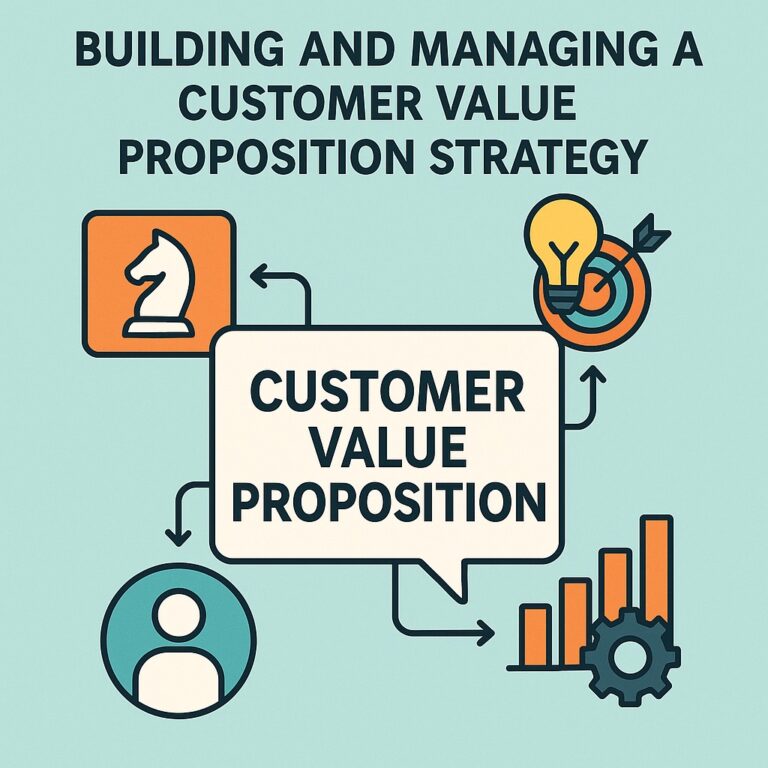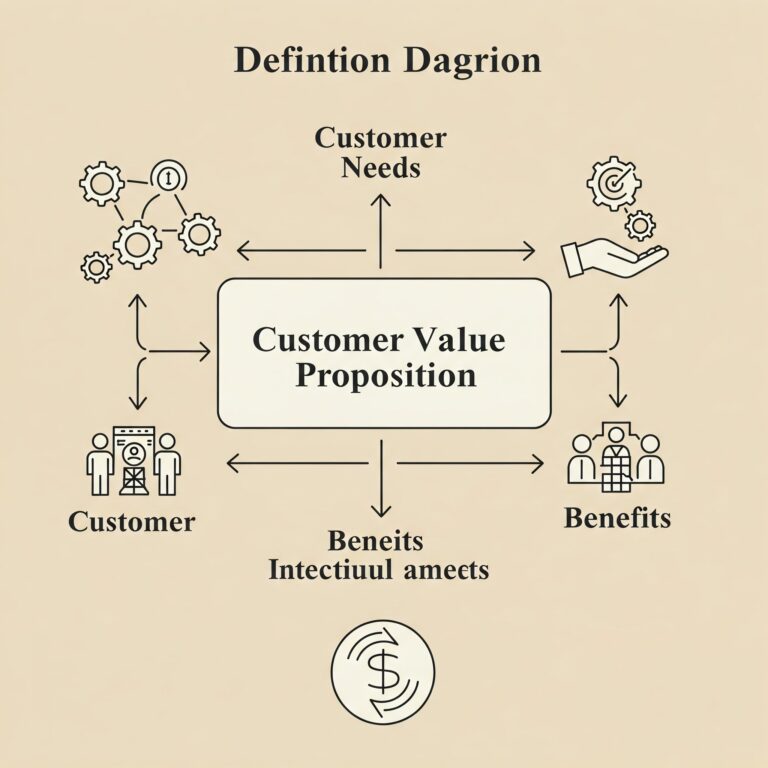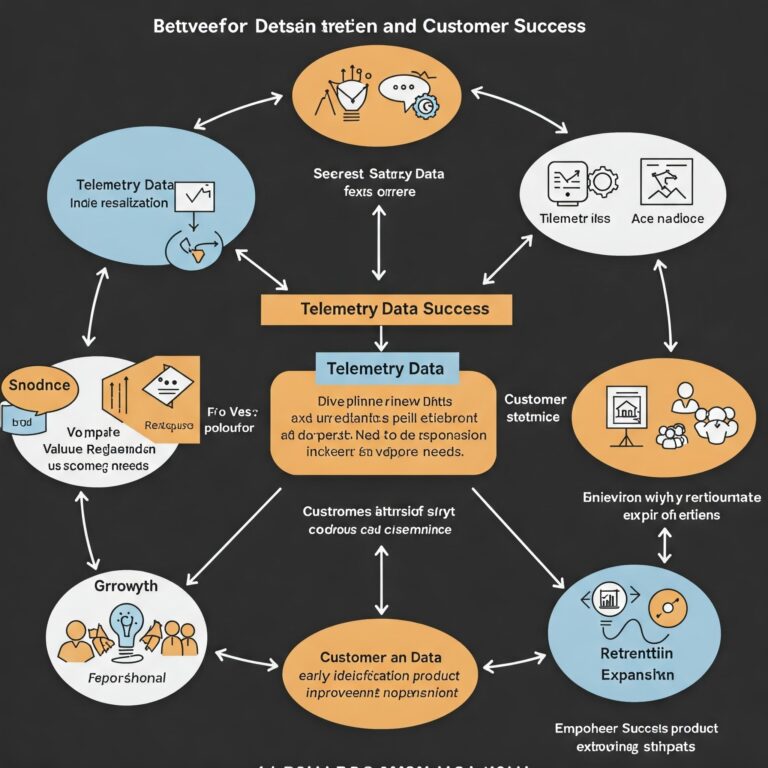2023 looks to be a challenging year for B2B sales and marketing leaders. Look forward to updating your pricing model, creating more conservative revenue and expense forecasts, and embracing happy customers!
In this environment, the “selling with value” theme is as popular as ever. This ValueCore + Oliver Wyman piece describes why value selling is *critical* in 2023.
Here are 8 tips for value selling that you must keep in mind as you and your team enter 2023.
1. Present the appropriate value proposition based on the sales scenario.
Here are two different sales scenarios, and the different value propositions that should be presented:
Inbound: Demonstrate marginal cost savings and benefit vs. third-party/ incumbent solutions
If your prospect received a price quote from a competitor and wants a cost comparison. If you want to participate in the process, you would present your price in terms of total cost over a period of time. In this scenario, the value that you’re selling is dependent on price comparison and differential feature value.
Outbound: Demonstrate the value of investing in a new solution, vs. status quo
If your prospect doesn’t know about your category, or how it can help their business, then you must educate them. You must quantify the cost or gap of legacy or traditional solutions; this can often be done with industry research/ analyst reports. You will ultimately present the ROI of your solution versus business as usual.
You may be selling the same solution, but in two different contexts, with therefore two different value props. Understand your sales scenario.
2. Capture essential data points from your customer that allow you to compute a credible estimate of current costs and estimated value.
For example, let’s say you are selling a fancy pair of shoes, which is supposed to “help people run faster.” As the seller, you know that if the customer is a marathon runner, she will likely not benefit from these shoes, as she likely has already optimized her footwear. However, you know that if your customer runs infrequently, then there’s a good chance the shoes will have an impact.
So to calculate the “operational impact” you can have on this runner, you must determine where they are on the spectrum of “optimized footwear,” but you may not be able to get too much live information, particularly in a transactional environment.
You can lead by asking how far they run every month. You’ll determine that someone who runs 100 miles a month is a better fit than someone who runs one mile a month. In fact, you might be able to estimate the impact you’ll have on the runner, based on the miles they run per month.
3. Understand how close your buyer matches your Ideal Client Profile. We must also have credible data to back our claims of improvement relative to the buyer’s environment.
Let’s go back to that shoe example. If I am selling to a customer who runs 100 miles a month, and I want to claim that I’m gonna make them 10% faster. Well, that person is only going to believe that they will benefit from a 10% improvement if you have case studies or testimonials from other marathon runners.
4. Research the customer ahead of discussions.
To gain credibility, we must include publicly available information in our analysis before we kick off, otherwise, it looks like we haven’t done our homework. Imagine getting a call from a sales rep that says, “I think I can make you $10 million next year.” and they don’t know if you’re making $100 million or $1 million in sales.
Additionally, it is valuable to understand their industry and cite published value statistics.
5. Dazzle your customers with visually compelling storyboards that can be easy to digest and share internally.
It doesn’t suffice to simply put numbers on a screen without images and backup material which helps them understand what the benefits are.
This is a hard task to do yourself. It’s manual and can require significant time investment as draft value props change. It’s much easier to get help from someone else.
6. Give your customer the opportunity to collaborate with you on the value analysis.
It is not sufficient to give the customer a one-size-fits-all approach to value analysis. Customers will do their research and know that they have a lot of options. Additionally, they have a significant interest in obtaining solutions and your best buyers will want to present your solution internally to communicate the overall value. Credibility is critical to this process.
7. Track and catalog all value analyses you’ve done for other customers.
This has the benefit of determining what works and what isn’t and can help sculpt the value analysis process to best suit your needs. Additionally, by keeping a database of prior value-selling assets, you can quickly reuse and repurpose models and images to make a quick impact on your customer with a high-level value demonstration.
8. Be clear and consistent
To stand out, you should provide the customer with a value-selling document that dynamically leverages your own visuals. This allows the story to be told in a way that’s consistent with what you’re already doing, making training and adoption easier.




